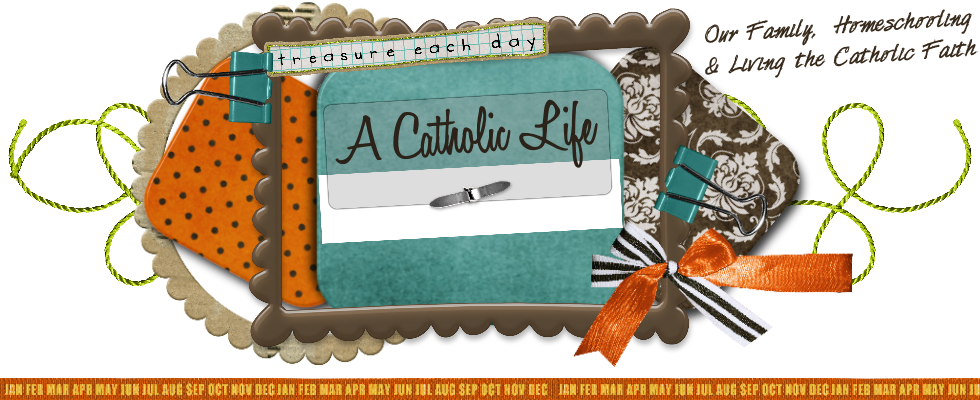The Jewish Book of Why says this:
Q: Why is a tray of symbolic foods placed at the head of the Seder table?
A: A Passover tray (Seder tray), which usually has six circular indentations, is placed on the Seder table so that the various symbolic foods can be displayed individually and prominently. They are pointed to during the reading of the Seder service and the symbolism of each is explained. The symbolic foods are:
Maror (bitter herbs)
Karpas (a vegetable)
Chazeret (a second more bitter vegetable)
Charoset (a nut and apple mixture)
Zeroa (the shankbone or neck of poultry, roasted)
Baytza (a hard-boiled egg, browned in its shell)
Q: Why is a roasted hard-boiled egg (baytza) placed on the Seder tray?
A: The egg is symbolic of the regular festival sacrifice brought in days when the Temple stood in Jerusalem. On Passover, in addition to this regular sacrifice (Korban Chagiga in Hebrew), the paschal lamb was offered as a second sacrifice. Some authorities have interpreted the roasted egg as being a symbol of mourning for the loss of two Temples that once stood in Jerusalem. (The first was destroyed by the Babylonians in 586 B.C.E., the second by Romans in 70 C.E.) With the Temples destroyed, sacrifices could no longer be offered. The egg symbolized this loss and traditionally became the food of mourners. In some Middle Eastern communities, eggs are very popular on Passover. Kurdish Jews and Libyan Jews, in particular, eat large quantities of eggs at the Seder.


No comments:
Post a Comment